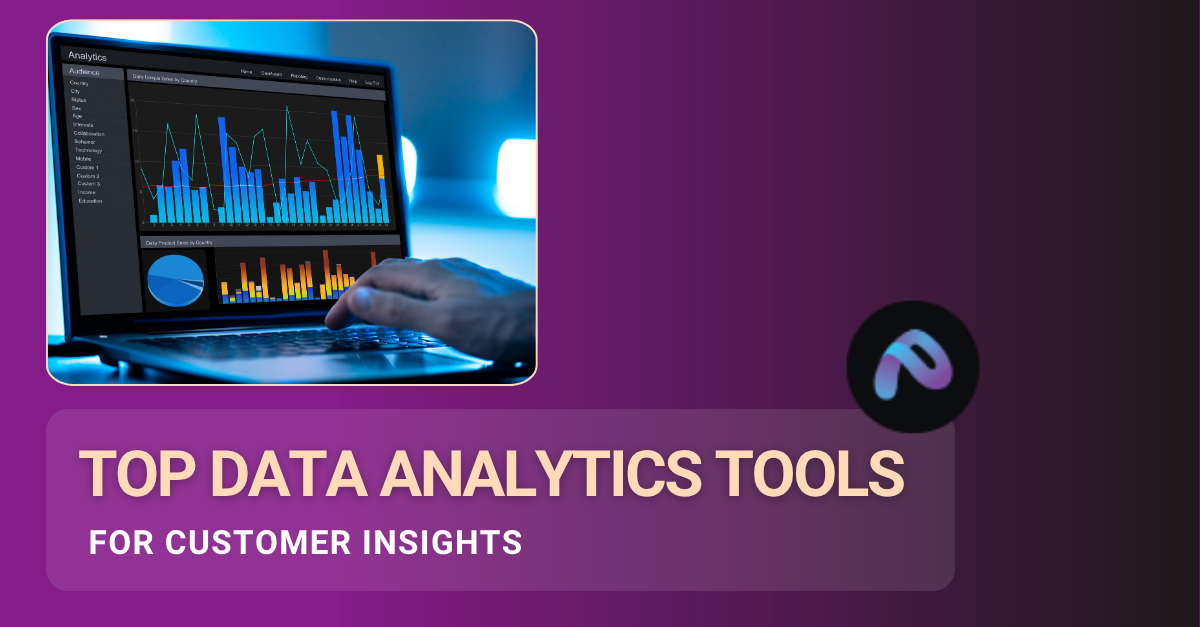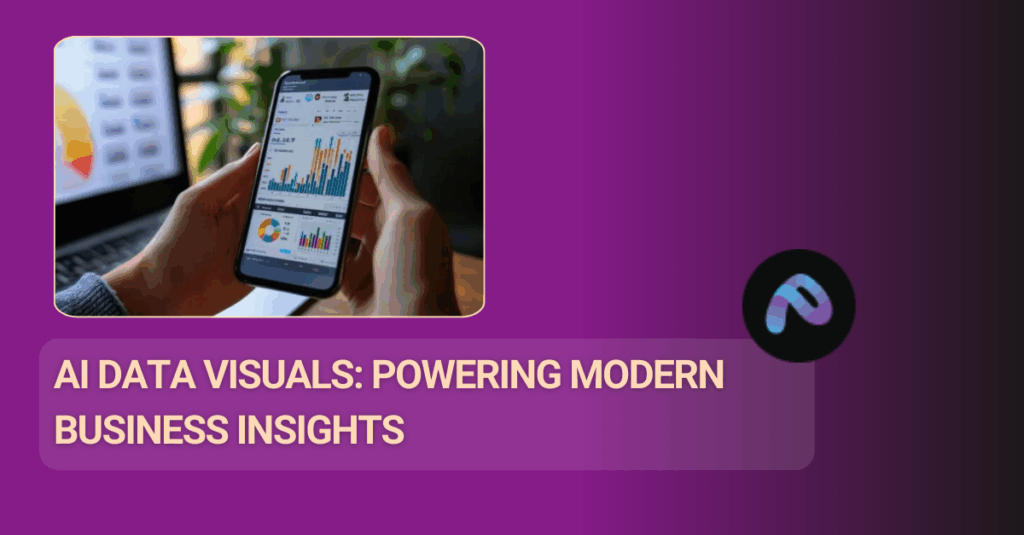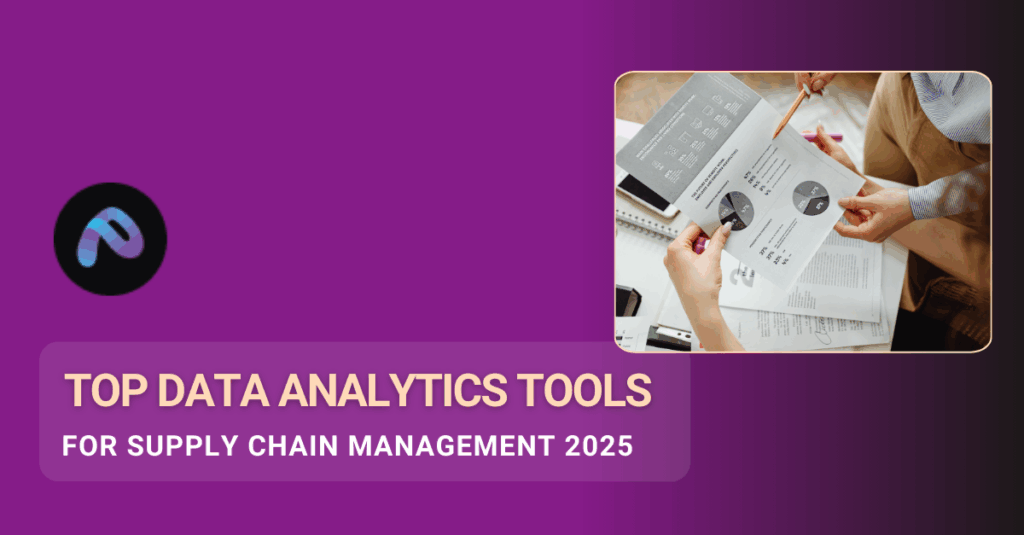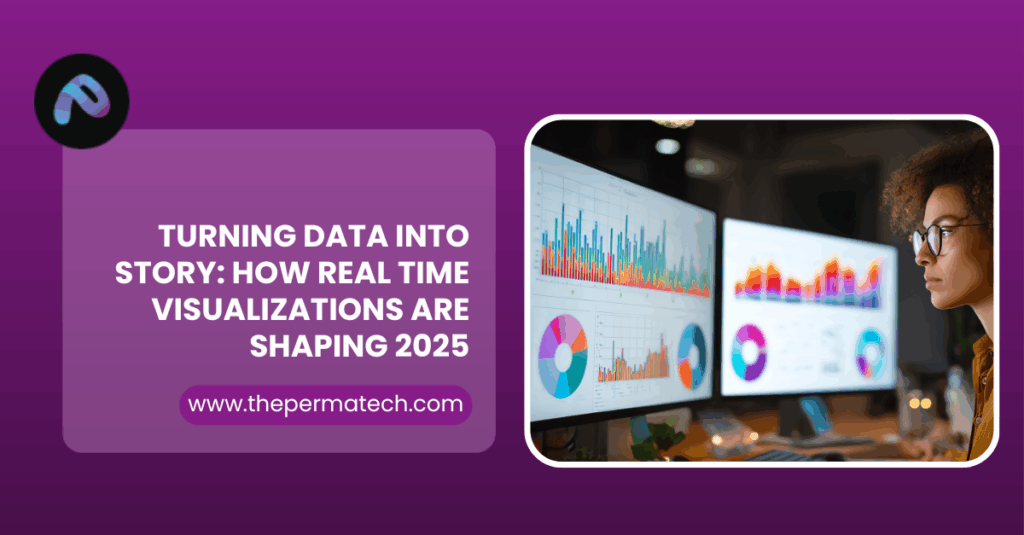In today’s hyper competitive business environment, understanding customers is not a luxury,it’s survival. Companies that leverage data analytics tools for customer insights can better predict buying behaviors, personalize experiences, reduce churn and ultimately drive revenue growth. According to IDC, global spending on customer data platforms and analytics is projected to surpass $52 billion by 2027, growing at a CAGR of over 15%. This underscores the rising importance of analytics in shaping customer centric strategies.
In this blog, we’ll explore the top tools for customer analytics in 2025, their unique features, and how businesses can leverage them. We’ll also examine the latest trends, market shifts, and provide analytical perspectives on adoption.
Why Customer Insights Matter
Customer insights are more than just demographics. They combine behavioral patterns, sentiment, preferences, and predictive analytics to answer critical business questions:
- Which customers are likely to churn?
- What products are most appealing to a given segment?
- How do customers interact across multiple touchpoints?
- What strategies can maximize customer lifetime value?
According to a 2024 Salesforce State of Marketing Report, companies that use advanced analytics for customer insights experience a 32% higher retention rate and 25% faster revenue growth compared to peers who rely on intuition.
Top Data Analytics Tools for Customer Insights
1. Tableau (Salesforce)
- Overview: Tableau remains one of the most popular visualization and BI platforms. Its deep integration with Salesforce’s CRM ecosystem makes it a go to for organizations prioritizing customer data.
- Strengths: Interactive dashboards, AI powered insights (Einstein Discovery), real time analytics.
- Latest Update (2025): Tableau has enhanced predictive AI features and Slack integration, enabling real time collaborative analytics.
- Best for: Enterprises looking for scalable BI with CRM integration.
2. Microsoft Power BI
- Overview: Microsoft’s Power BI has surged in adoption due to affordability, integration with Office 365, and cloud scalability via Azure.
- Strengths: Low code/no code environment, real time streaming data, natural language query (Q&A).
- Latest Update (2025): Expanded Copilot AI assistant that generates dashboards and insights using natural language.
- Best for: Mid to large organizations already invested in Microsoft’s ecosystem.
3. Google Looker (Looker Studio)
- Overview: Google’s Looker offers robust integration with Google Cloud and BigQuery, ideal for data driven organizations.
- Strengths: Flexible data modeling (LookML), seamless cloud native integration, embedded analytics.
- Latest Update (2025): Enhanced multi cloud capabilities and AI powered audience segmentation.
- Best for: Digital first businesses with cloud native data strategies.
4. Qlik Sense
- Overview: Qlik is known for its associative engine, allowing users to explore relationships across data without predefined queries.
- Strengths: Self service analytics, augmented intelligence, end to end data integration (via Qlik Data Integration).
- Latest Update (2025): Expanded predictive analytics module and real time IoT data integration.
- Best for: Organizations needing flexibility and strong data discovery.
5. Adobe Analytics
- Overview: A core component of Adobe Experience Cloud, Adobe Analytics excels in digital and omnichannel insights.
- Strengths: Advanced attribution models, customer journey mapping, integration with Adobe Target for personalization.
- Latest Update (2025): Enhanced AI driven anomaly detection and cross device journey analytics.
- Best for: Enterprises focusing on digital marketing, e-commerce and personalization.
6. SAS Customer Intelligence 360
- Overview: SAS brings decades of analytics expertise, particularly in industries like banking, telecom and healthcare.
- Strengths: Strong predictive modeling, real time decisioning, advanced segmentation.
- Latest Update (2025): Expanded machine learning automation and industry specific compliance modules.
- Best for: Regulated industries needing advanced predictive analytics.
7. Zoho Analytics
- Overview: Zoho offers an affordable, cloud based BI platform for SMEs and startups.
- Strengths: Pre-built connectors for CRM, marketing, and finance; AI assistant “Zia.”
- Latest Update (2025): Enhanced embedded analytics and mobile first dashboards.
- Best for: Small and medium businesses with budget conscious needs.
8. HubSpot Analytics
- Overview: HubSpot integrates marketing, sales and service analytics into one platform.
- Strengths: Funnel analytics, campaign performance tracking, customer lifecycle insights.
- Latest Update (2025): New predictive lead scoring and AI generated recommendations for campaigns.
- Best for: Growing businesses focusing on inbound marketing.
Analytical Snapshot: Market Trends (2025)
- Adoption of AI in Analytics: According to Gartner’s 2025 report, 70% of customer analytics platforms now integrate AI/ML for predictive modeling.
- Real Time Insights: Over 65% of enterprises demand real time or near real time customer analytics, particularly in e-commerce and fintech.
- Self Service Analytics: Business users are driving demand for low code/no code platforms, reducing reliance on data scientists.
- Data Privacy: With GDPR 2.0 updates and evolving U.S. state privacy laws, tools with strong compliance features (like SAS and Adobe) are seeing higher adoption.
Choosing the Right Tool
When selecting a data analytics tool for customer insights, organizations should evaluate:
- Integration needs : CRM, ERP, or marketing stack.
- Scalability : Cloud vs on premises.
- User base : Business users vs data scientists.
- Budget : Enterprise grade vs SME friendly.
- Compliance requirements : Industry specific regulations.
Conclusion
Customer insights are the backbone of modern business strategies. The top tools of 2025 Tableau, Power BI, Looker, Qlik, Adobe Analytics, SAS, Zoho and HubSpot offer varying strengths across visualization, predictive modeling, personalization, and real-time insights. Businesses that invest wisely in analytics platforms not only understand their customers better but also future proof themselves in a data driven world.As technology continues to evolve, the competitive edge will belong to those who can transform raw data into actionable customer intelligence.





